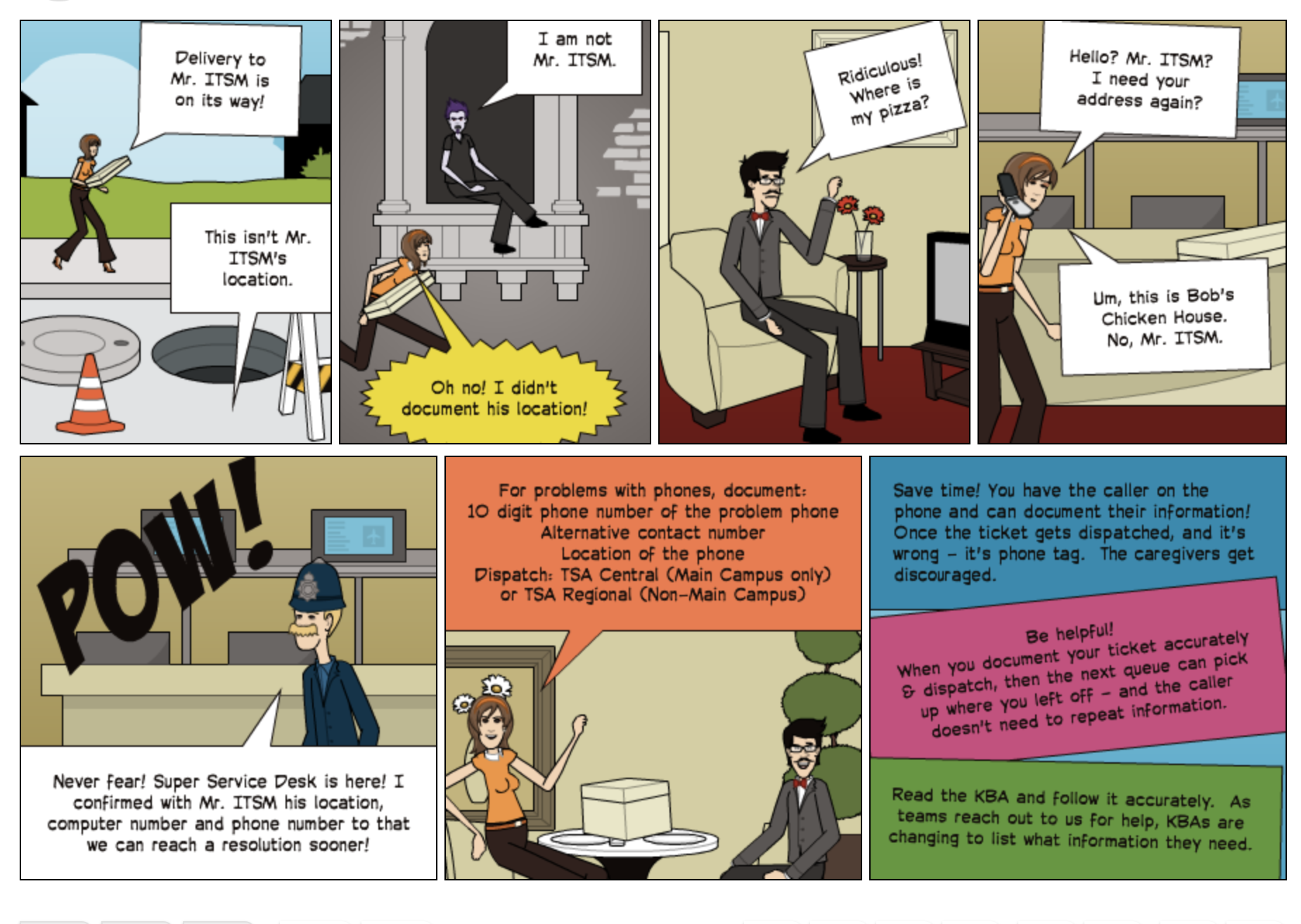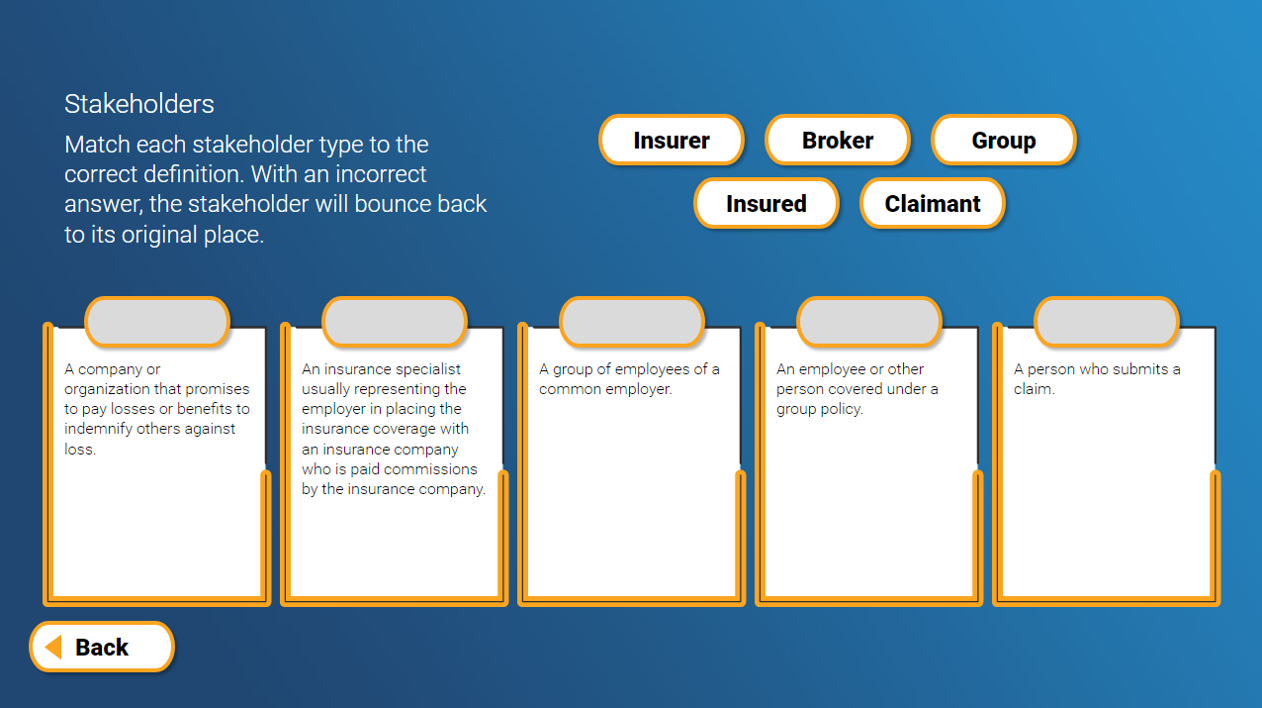-

How to Add Variability to Courses For Repetition
We all know that repetition is best to help learners remember. Extraoneous information combined with a variety of scenarios will make the retreival process better. I had a scenario to choose a product based on certain keyworks. Extraoneous information would include the building name, street, brand colors, and anything else that would seem applicable. Variability…
|
-

How to Create a Course Design Document
The course design document includes the planning of objectives, criterion tests, assessments, instructional strategy, content presentation, post content assets, and evaluation plan. Usually it’s done in the analysis and design phase. Is it done all the time? No. But I primarily use these design documents for certification planning or with a really big project where…
|
-

Using ARCS to Capture Learner Interest
At the Service Desk, there was a problem. Agent’s weren’t confirming the caller’s physical phone location or phone number before assign the ticket to the next group. It caused delays. Tickets couldn’t be resolved because the caller’s couldn’t be contacted. Ticket resolution was delayed, because it was assigned to the wrong group. How can it…
|
-

Designing A Corporate Training Program
It can feel overwhelming and like you’re drowning when your environment is continually changing, throwing projects at you. At the same time, you’re expected to have some type of expectation or game plan for upcoming trainings. But you can’t make any groundwork or set any schedules. #1 Task Oriented Training These are your software based,…
|
-

The Storyboard Process
Storyboards are so boring. But I do want to talk about the process with how I design learning – which is where storyboarding general takes place. By the time this is done, the course is around 70% done, and the SME has something to work with. I find they have a faster turn around time…
|
-

Measuring The Results Of Training
Does anyone else love metrics? Call centers are great for metrics. I wanted to show you how I measure training beyond your standard smile sheet, completion record and tracking “seat” time. Get the sample Excel document. The Process The NumbersOne the second tab, I kept track of the learner’s training hours, and metrics (in this…
|
-

Use Graphic Mapping For Interactive eLearning Courses
What do you need when you want to include game elements an animation in your eLearning course? How many assets do you need? What do they need to do? This knight vs. dragon course was in reality a quiz – but at any point – the learner can press the arrow key and the knight…
|
-

Design Courses For Adults
Adult Learning Theory – do you know Knowles? How do you involve your adult learner? We often delivery training with presentations and there may be limited options for learners to be involved in their own learning. A key factor is choice. How do you attach prior experience? When designing and developing your courses and learning activities, make…
|
-

Accelerate Learning to Build Confidence
When call center agents take calls sooner (rather than waiting two or three weeks to begin their work), they are able to learn the job faster. If your environment is set up with a call tree or a way to triage work (instead of a big queue), then this onboard training schedule will work perfectly.…
|
-

How to Use Bloom’s Taxonomy in an Online Course?
Using Bloom’s, you can help your learner’s categorize or match with a drag and drop. With custom graphics for the drop target and drag sources, the course looks clean and avoid the whole storyline-resized-graphics-and-looks-odd.
|